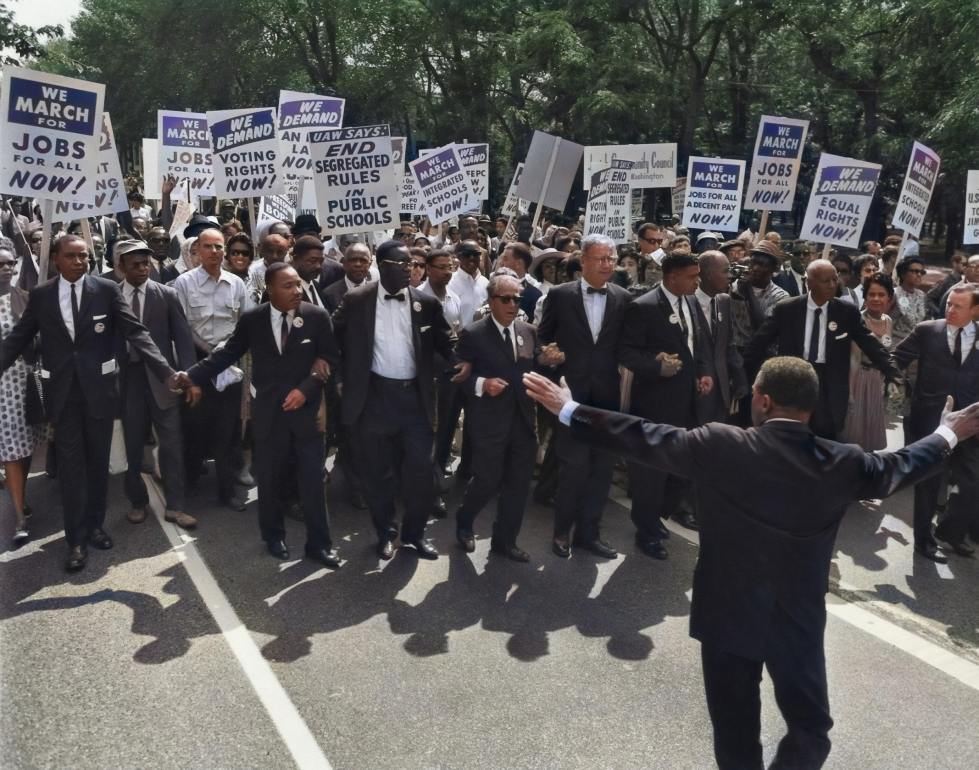Today marks the beginning of Black History Month in the U.S. Created as Negro History Week in February 1926 by Carter G. Woodson of the Association for the Study of Negro Life and History as a way to encourage “people of all ethnic and social backgrounds [to] discuss the black experience” (ASALH). Congress passed “National Black History Month” into law in 1986, proclaiming that “the foremost purpose of Black History Month is to make all Americans aware of this struggle for freedom and equal opportunity” (Library of Congress). This year, the month’s theme is Black Resistance, honoring the ways Black communities have withstood a history of brutal oppression (ASALH).
However, moving through Black History Month 2022 like it’s merely a learning opportunity misses the mark. This is a year for making the history books, not only for re-reading them. Education is essential, but we also have to take targeted actions to change the course of history. Here are some suggestions.
TAKE ACTION
• Subscribe to 28 Days of Black History, our free series reviewing the legacy and future of Black history in the U.S.
• Explore the Zinn Education Project’s materials on people’s history.
• Add one of the action items below to your plan this month. Commit to executing it weekly (if relevant).
• Consider: How can my community/classroom/organization make a more meaningful impact this Black History Month?
Address pay inequity.
Racial pay inequity is still an issue across the country. Reports from early 2020 found that the Black-white wealth gap widened in the 2000s (EPI) and worsened during the pandemic (UC Berkeley). Use this month to solve the pay inequity at your organization. If you’re not in a leadership position to do this, start by inquiring: what were the findings of the latest pay audit performed by your company? What initiatives were put in place to solve them?
Review your DEI initiatives.
Ensure your equity and inclusion initiatives are actually inclusive. And this goes beyond racial equity. Organizations that strive for racial equity but don’t prioritize disability equity or LGBTQ+ rights, for example, aren’t inclusive. This is one of many reasons DEI can fail to fix corporate culture (Catapult).
Give.
Donate monthly to organizations that center Black wellbeing. Prioritize organizations with Black executive leaders and board members (Non-Profit Quarterly). Think beyond traditional 501c3s to local grassroots initiatives, including mutual aid networks. You can also donate physical goods (like food or clothing) or your time (skills-based volunteering, transportation, etc.).
Mentor.
Invest in the next generation of leaders in your field through a fellowship or mentorship program. You can do this individually or create/enhance a program at your office. Remember that mentorships are a two-way relationship. You likely have more to learn from your mentees or fellows than you think. Note: mentorships and fellowships should only be implemented in addition to other employment equity initiatives, like achieving pay equity or increasing the number of Black senior executives, not in place of them. Alone, they can cause more harm than good.
Rally.
Change isn’t created in silence. Continue showing up at protests and other demonstrations as best you can. This includes protesting physically in the streets and providing essential services to protestors. This can also include consistently sharing action items on social media and defending protestors through advocating for legislation and donating to bail funds and other emerging needs. More resources for supporting protests can be found here.
Pay reparations.
Reparations are necessary for achieving racial equity (Brookings). On an individual level, pay it forward to creators you learn from on social media or organizers in your community. On a local level, find a local or state initiative advocating for reparations and support for the work. In addition, I recommend completing the Reparations Now Tool Kit created by the Movement for Black Lives to create a comprehensive plan.
KEY TAKEAWAYS
• Black History Month was started by Carter G. Woodson as Negro History Week in February 1926.
• The disproportionate impact of the pandemic on the Black community only widens the racial disparities evident in the U.S.
• Use this month not just to educate, but to do your part to accelerate racial equity in the U.S.
